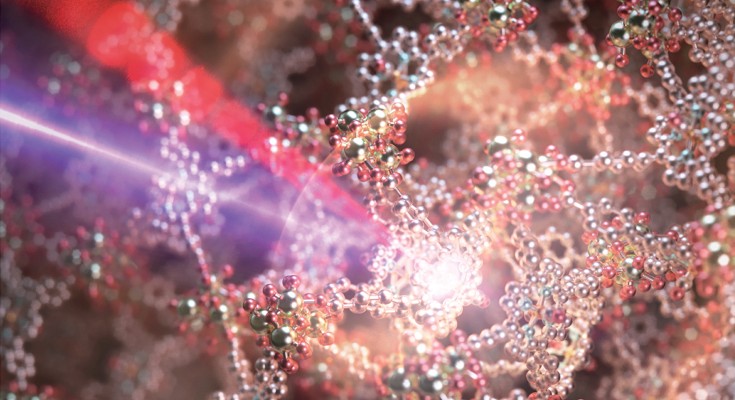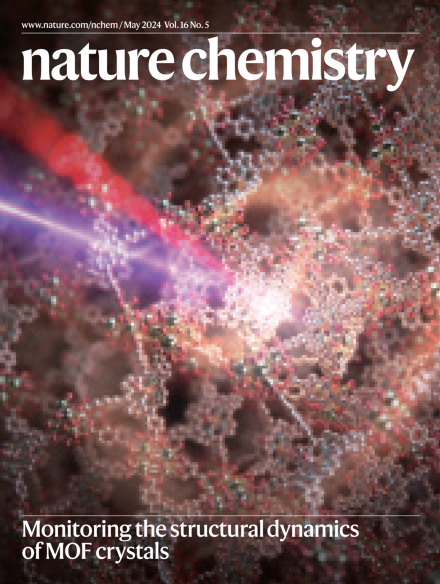
Read our May issue
This month, a Thesis on the chemistry of Jupiter's moons, the usual mix of Articles and News and Views, and an In Your Element on the manufacturing of adipic acid.

This month, a Thesis on the chemistry of Jupiter's moons, the usual mix of Articles and News and Views, and an In Your Element on the manufacturing of adipic acid.


Posttranslational modifications alter the structure and function of proteins. Now, genetic code expansion enables encoding of ε-N-succinyllysine and ε-N-glutaryllysine residues to decipher the effects of these modifications on enzymatic activity, protein–protein interactions and protein–DNA interactions.